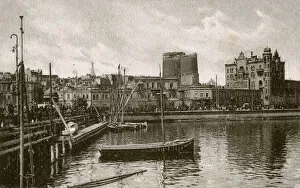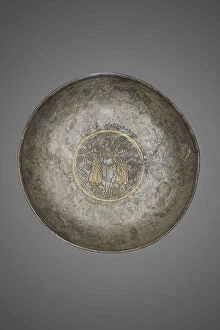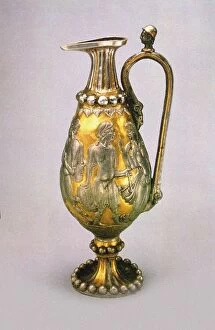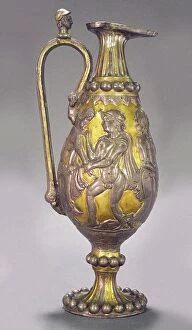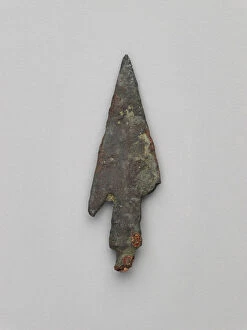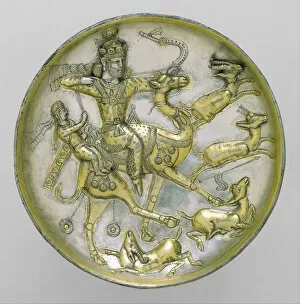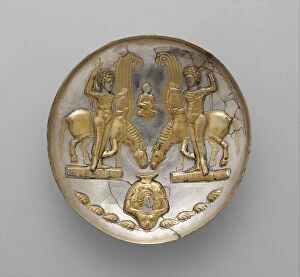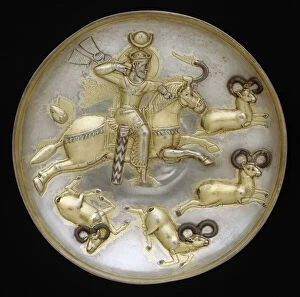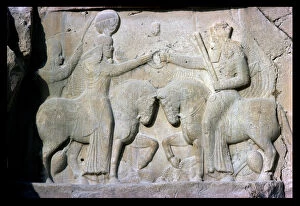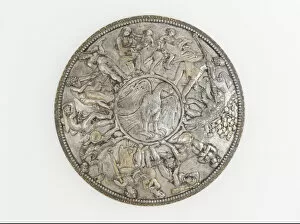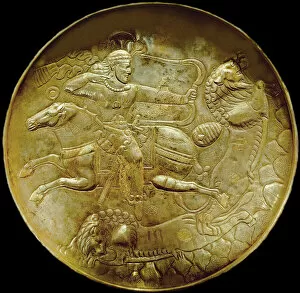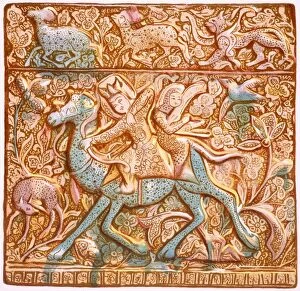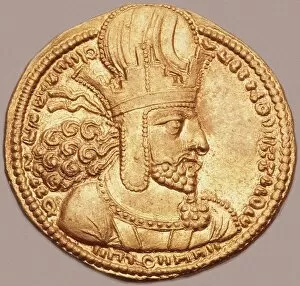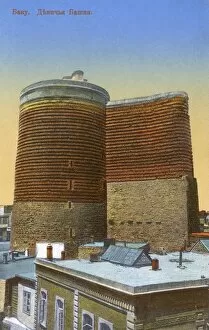Sasanid Collection
The Sasanid Empire, also known as the Sassanian Empire, was a powerful civilization that thrived from the 3rd to 7th century AD
For sale as Licensed Images
Choose your image, Select your licence and Download the media
The Sasanid Empire, also known as the Sassanian Empire, was a powerful civilization that thrived from the 3rd to 7th century AD. Located in present-day Iran, it left behind an impressive legacy of art and architecture. One of the remnants of this glorious empire can be found in Baku, Azerbaijan. The city's harbor and Maiden Tower stand as testaments to the Sasanid influence on this region. As you explore these ancient landmarks, you'll discover their rich history and architectural marvels. Delve deeper into the Sasanid culture by examining artifacts like the magic bowl adorned with an incantation text in Judeo-Aramaic and an image of Lilith, a demon from folklore. This relic from the 5th-6th century showcases their beliefs and mystical practices. Another significant event during this era was depicted in a remarkable artwork called "The Victory of Heraclius and the Execution of Chosroes. " Created during 628 AD as part of the True Cross Cycle, it portrays a pivotal moment when Byzantine Emperor Heraclius defeated King Chosroes II. Weapons were essential elements for warfare during those times. An arrowhead made of bronze dating back to c. 3rd-7th century serves as evidence of their advanced metallurgical skills. Step back even further into time with an exterior view captured around 907 AD. This photo gives us insight into how cities within the empire were structured during its later years. Sasanid artisans excelled at creating intricate decorative objects like plates depicting hunting scenes or mythological tales such as Bahram Gur and Azadeh's story. These exquisite pieces crafted between c. 500 A. D. -c. 6th century A. D. , showcase their mastery over materials like silver, mercury gilding, niello inlay, garnet stones, rock crystal & green glass.

